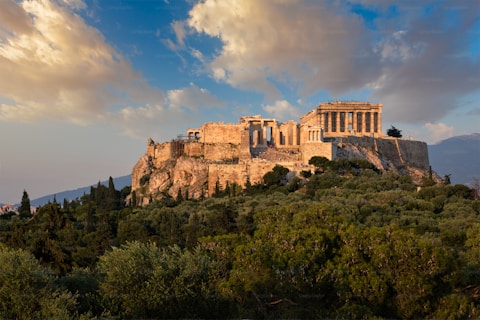Santorini Wines: A story of survival

Versatile by necessity and sophisticated thanks to its ancient pedigree, the Assyrtiko of Santorini is an unmatched veteran, when it comes to survival. We are about to explain why so many wine-lovers from around the world visit the vineyards of Santorini not just to taste the wines, but to experience them in their very unique homeland, accompanied by selected tastes from the local cuisine. An experience which has placed Santorini – according to “Wine Enthusiast” magazine –among the top wine-destinations in the world!
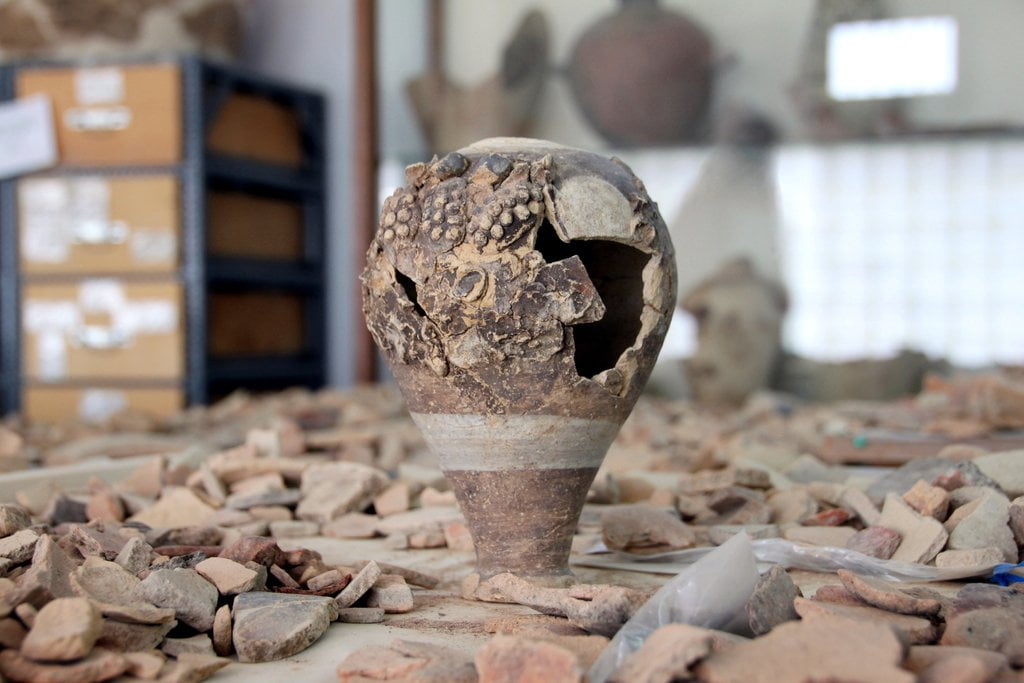
Vessel with relief representaitons of vines Photo Credit: Klearchos Kapoutsis
The History of Santorini Wines
First of all, let’s talk some history: The calculated age of the specific vitis vinifera cultivar is about 3500 years. The vines of Santorini are considered to be some of the oldest on the planet. Moreover, they are self-rooted (or own-rooted), which means that they have not been grafted on American rootstock, a phylloxera-preventative method, but retain their own, natural root-system. The land they grow on was once the epicenter of one of the most violent volcanic eruptions ever to take place on earth. The ensuing conditions created this marginal ‘terroir’ – the combination of soil composition, weather conditions and topography which gives each wine its distinct character – on which the vines of Santorini managed to survive and thrive.
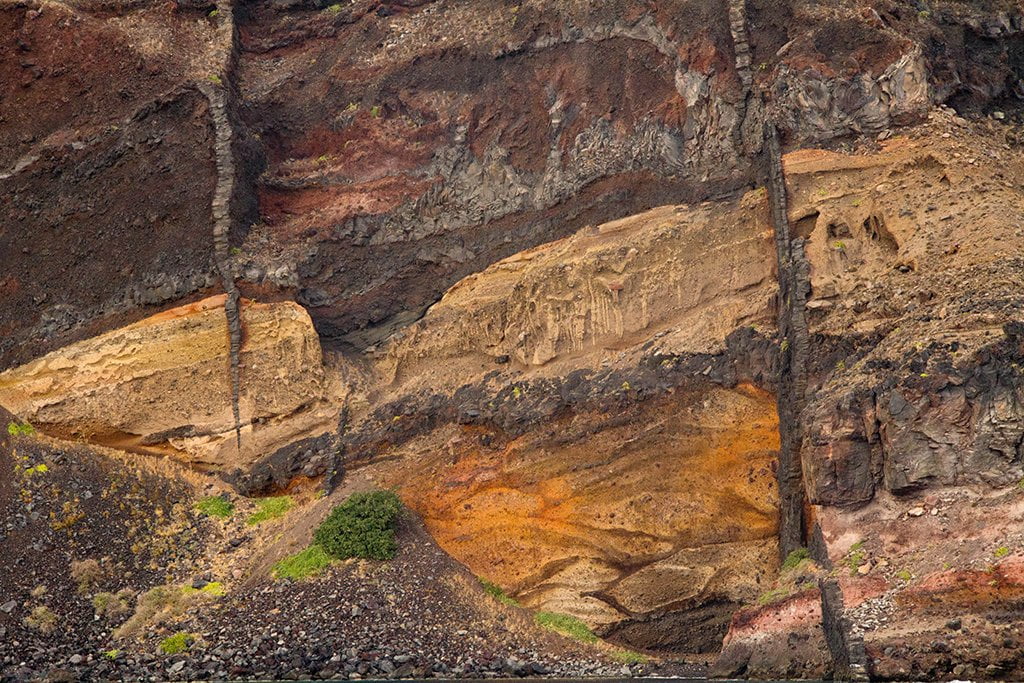
Santorini’s Volcanic Soil Photo Credit: Pascal Walschots
Santorini’s Volcanic Soil
Well, this ‘terroir’ is any other plants hell. It’s a survival competition for weeds at best. The soil is volcanic rock, porous, extremely poor in organic matters and full of minerals. Strong, constant winds sweep the island from all directions, almost year-round. Rainfall is very rare and the soil is too porous to hold much of the scarce water. And to complete the endurance test, each summer the intense sunlight raises temperatures to punishing heights.
Survival under such conditions may be a mystery to most, but it is common ground among wine-growers that the more a vine is stressed by its environment, the better juice it produces. Similarly, the vineyards of Santorini produce grapes and wine of distinguished taste and aroma, and locals go to great lengths to tend to them and assist them in their annual struggle to bring forth offspring.
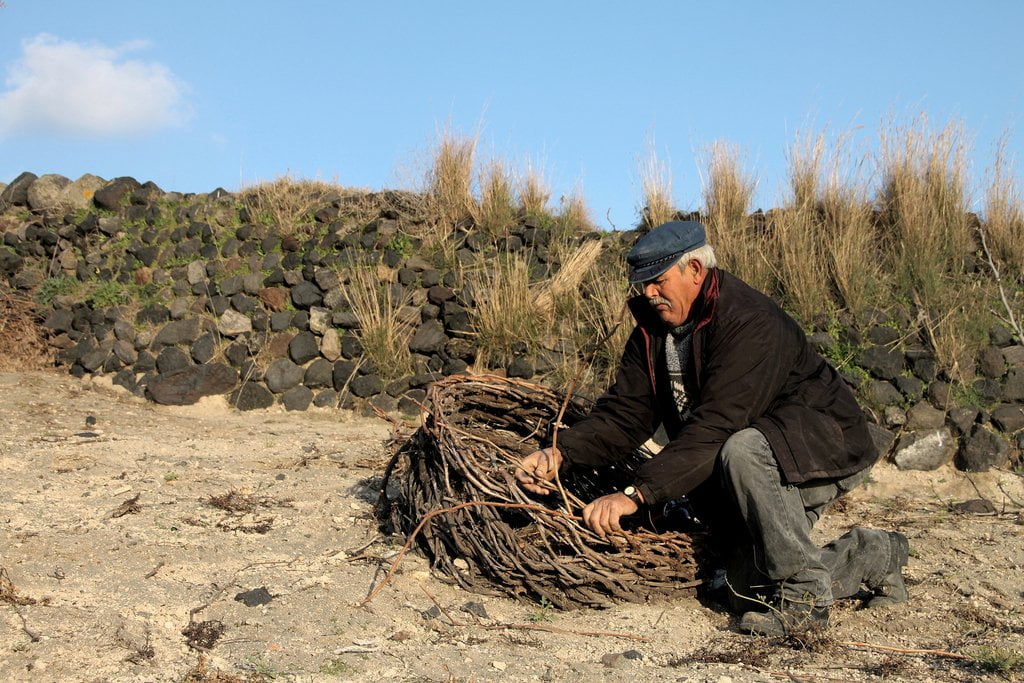
Each vine is twisted in a characteristic basket-shape to protect the vines from the strong winds Photo Credit: Klearchos Kapoutsis
The “Kouloura” Vines
The work we are talking about is painstaking. People here still employ an ancient pruning system, called “kouloura” or “ambelia”. In order to protect the clusters of grapes from the wind and the scorching sun, they tend to each individual vine; they ‘train’ the trunk, shaping it in a spiral that forms a basket. The grapes hang on the inside, protected by the trunk and leaves. The great age of these plants affords them a very deep-delving root system, maximizing the intake of water from the sub-soil. Even the humidity from the sea-mist, which settles on the plants’ surface, does not go to waste. The affection of the growers for their vines is rewarded, when they finally taste the wine, this magical transformation of landscape into flavors, colors and smells. You can really sense the volcano, the sun and the sea in each sip.

Sun-dried grapes Photo Credit: Nagarjun Kandukuru
Assyrtiko is the King among more than 50 Indigenous grapes
More than 50 indigenous grapes are grown on the island, but the white Assyrtiko dominates, accounting for about 80% of the plantings. Assyrtiko is Santorini’s greatest treasure, producing crisp, well-structured wines with a pronounced mineral character. In fact, this noble grape is so versatile that it can produce a wide range of styles; much of it is fermented in stainless steel tanks, giving fresh wines for immediate consumption; at the same time, it shows the greatest ageing potential among all Greek white varietals, as many winemakers mature their wine in oak barrels, while a few even barrel-fermented theirs.
Assyrtiko Varieties
There are three main varieties, Assyrtiko, Aidani and Athiri, which are covered by the Santorini P.D.O. (Protected Designation of Origin) appelation. A sweet version, which is usually a blend of the three, the Vinsanto, is produced from sun-dried grapes and also boasts the Santorini P.D.O. status.
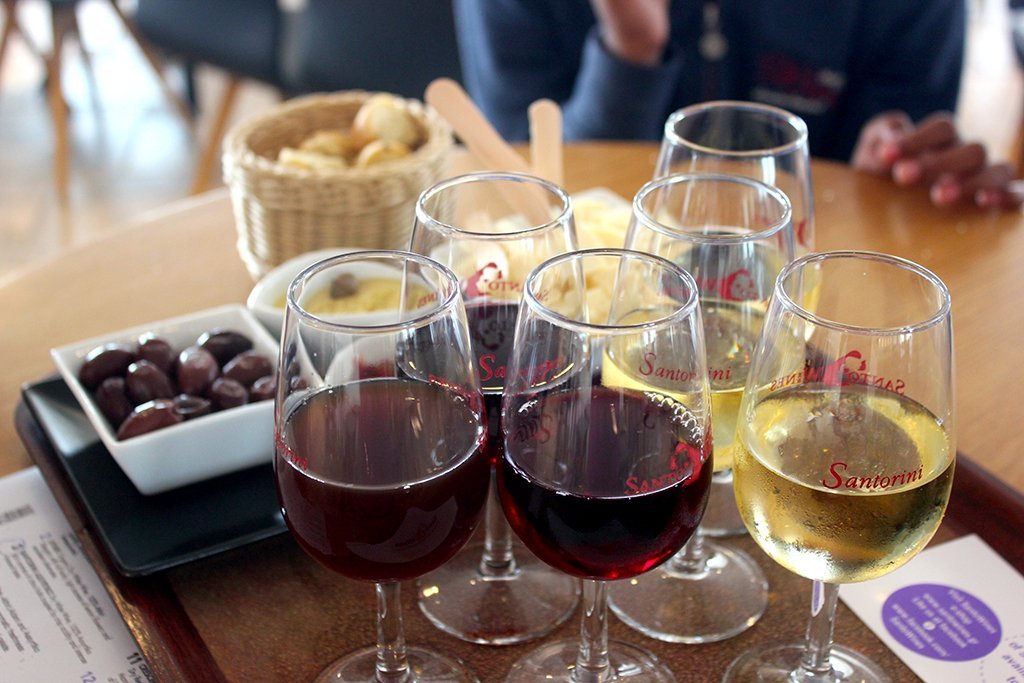
Wine tasting experience Photo Credit: Nagarjun Kandukuru
Wine Tasting Tour in Santorini
All in all, the best way to enjoy the local wine-making produce is by visiting Santorini’s wineries with a wine tasting tour. The visit to the vineyards and the ensuing tasting – often paired with Cycladic cheeses, local bites and delicacies – will marry perfectly the visual satisfaction, offered generously by the imposing landscape, with the mind-boggling riot of flavors and aromas that jump out of your glass.
If you wish to have a guided tour, please send us an email at hello@greeceinsiders.travel and we will arrange it for you!
Feeling Ready?
From our blog
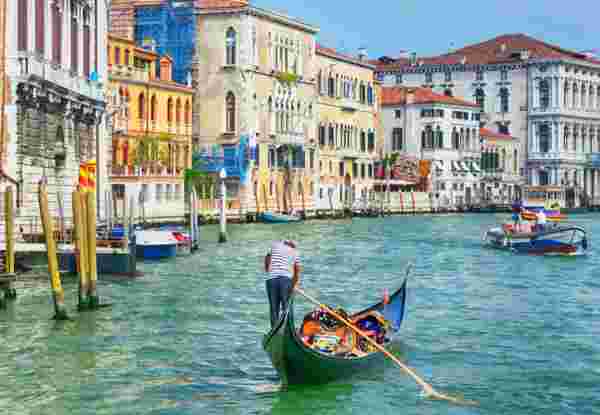
Exploring Venice and Its Canals
READ MORE
Crete for Seniors: A Complete Guide
READ MORE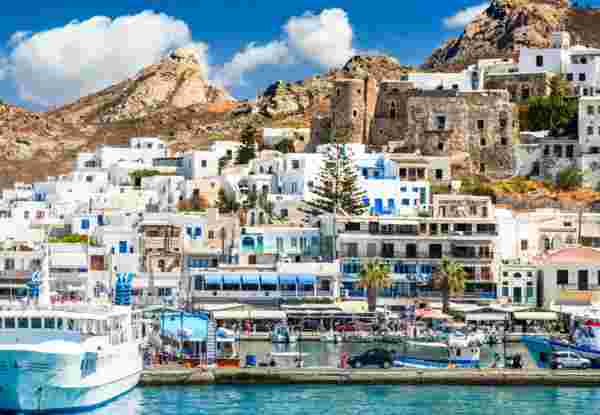
How to Explore Naxos for Seniors
READ MORE
Why Visit Santorini with Kids: A Fun Family Guide
READ MORE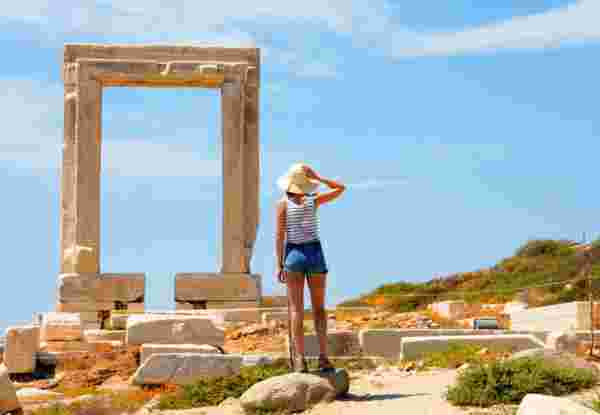
Honeymoon in Naxos: A Complete Guide
READ MORE
Visiting Athens with Kids: A helpful Guide
READ MORE
Paros for Seniors: Tips and Itinerary
READ MORE
Best Resorts in Greece for Families: Your Ultimate 2025 Guide
READ MORE
How to Enjoy Santorini for Seniors
READ MORE
